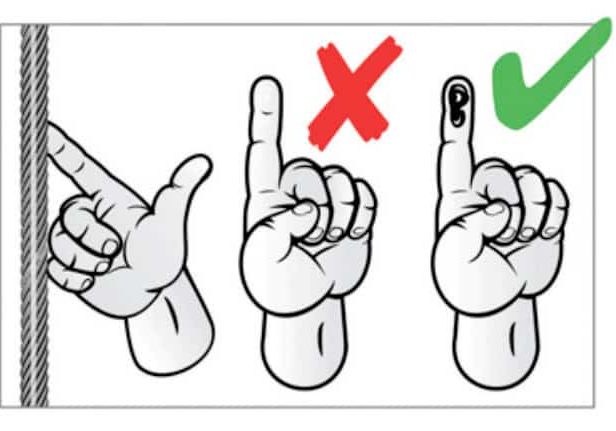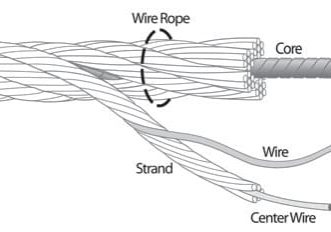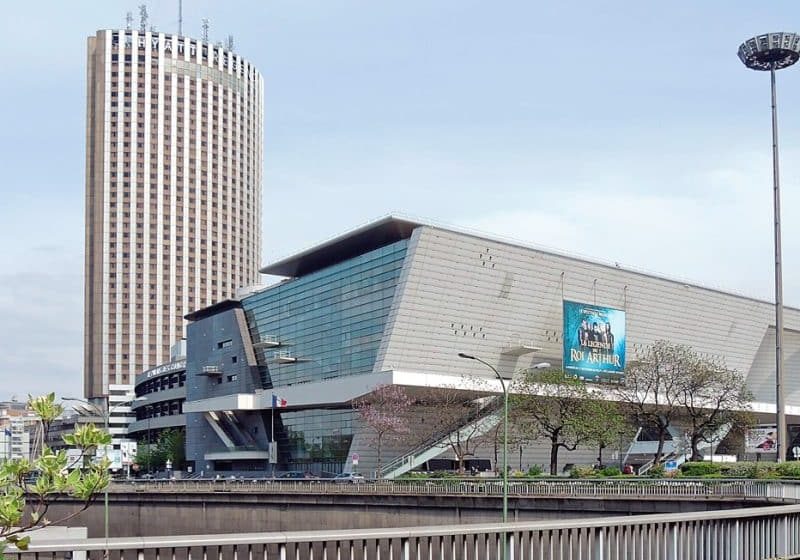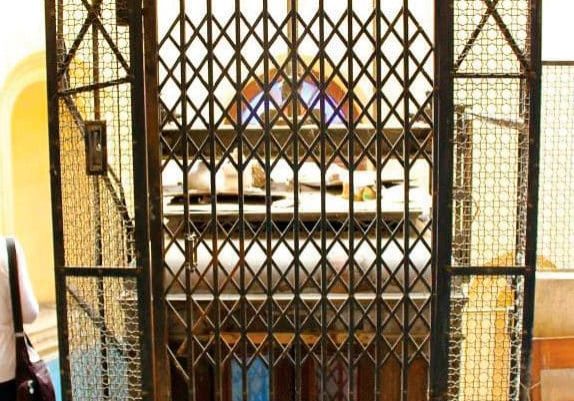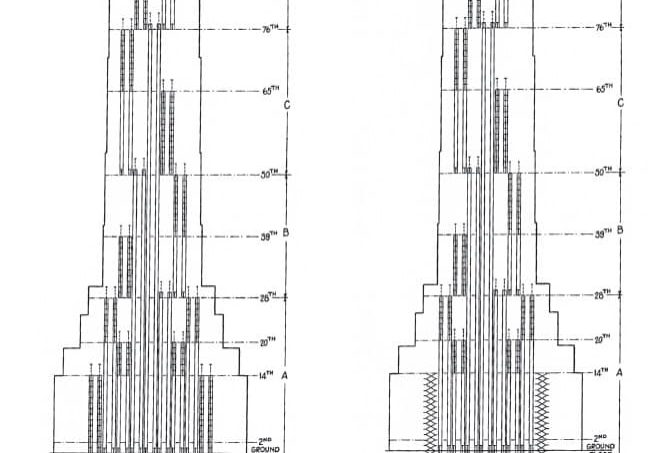Dubai: Tall Growth on the Desert Coast
Jul 1, 2015

Elevators and other forms of people-moving equipment are part of life in this established, growing metropolis.
To create urban life in the desert, before all else comes the need for water. Elevators are far down on the list of needs. Fifty years ago, Dubai was a small, sleepy port town on the southern shore of the Persian Gulf. Today, it buzzes with two million residents.
In centuries past, before Europe established direct ocean transport with Asia, Dubai and its neighbors were in an active trading zone competing with the all-land Silk Road to the north. When artificial pearl farming killed demand for pearl diving, the economy further languished. Over recent centuries, Dubai survived in a very hot region that is also very short on fresh water. Fifty years ago, its population was about 50,000 when all dhows were in port.
Dubai’s Skyscrapers
No longer small or sleepy, Dubai has a skyline that is dominated by skyscrapers. In the 1970s, oil and gas discovery and exploitation brought vast change. With rapid growth dominated by temporary foreign workers and tourists who come and go, accurate population counts are difficult to maintain. Dubai’s population was pegged at one million as we moved into the 21st century. For those who like bold, new architecture and well-managed and -manicured streets, Dubai is an urban delight. It has approximately two million stakeholders who are proud of their superlatives. In many ways, it is Las Vegas without the sleaze. This rapid growth, much of it in high-rise structures, uses tens of thousands of elevators.
The rapid urban growth is not confined to this one emirate out of the seven that make up the U.A.E. Abu Dhabi and Sharjah are also active construction markets, and many of their buildings are also high rises.
Recovery Numbers
Alongside much of the global economy, Dubai’s development engine stalled in 2009. Construction levels are still down from what they were in 2007, but many see Dubai as ready for a resumption of growth. Dubai has found notable, creative city-building ways to combine the infrastructures of power generation, desalinization, irrigation and air-conditioning. A synergetic combination can efficiently transform a dry, inhospitable landscape into comfortable, green urban life that can be quite sustainable.
Worldwide, scores of new cities (or expansions of existing ones) are needed to absorb billions of people as major village-to-city shifts continue. The Arabian Peninsula has long, sparsely settled coastlines that could accommodate millions of migrants and refugees. How many Syrian, Iraqi and Bengali people may start new lives there? It is easy to foresee saltwater coasts transformed by desalinization and modern city building.
Dubai’s two million residents include many who have bought getaway condominiums. The city’s winter weather is quite pleasant. Many toiling in the hot oilfields can afford a condo as an investment. To the northwest is Abu Dhabi with another million people. To the east is Sharjah, where many Dubai workers live.
Dubai Superlatives
Whether it is the world’s tallest building or the largest mall, Dubai has many claims. It shows off the world’s longest driverless metro network in style. The airports accommodate traffic that is growing by leaps and bounds. What better symbol of this urban finesse than the engineering and artistry that created artificial Gulf islands that, from the sky, look like palm trees or the world map? One vision would pull Gulf waters into the desert (Figure 1).
Dubai just announced construction of a large-scale solar park to desalinate more water. There is little doubt that the potential for continued growth is great. Which kinds of elevators will be in demand? The simple answer is, those that go high and others that circulate horizontally to connect to metro stations.
Dubai already has scores of high-rise buildings located near metro stations, and clearly, more are coming. In the whole of Arabia, high-rise buildings centered around metro stations seem to be the urban future. Riyadh, Makkah, Jeddah, Doha, Kuwait City, Manama and other growing cities are planning multiline metro networks with hundreds of stations.
Dubai’s Metro and Elevator Successes
Dubai’s metro claims to be the world’s longest driverless network. The bulk of that mileage is a straight stretch of elevated dual track across flat desert parallel to a wide highway that goes to Jebel Ali and Abu Dhabi. The initial section opened in 2009, and ridership has grown to substantial flows. It has quickly expanded to become the spine of Dubai’s urban life and future growth. If there are shortcomings, they stem from success, which creates the need for more capacity in the central district. Compared to rusty North American subways, elevated trains, and other types of rail, Dubai’s Metro is a stunning international success.
Transit orientation is reshaping the city. Nodes of dense development are emerging throughout the metro network. To the east are airport stations. In the near west are stretches of high towers. The Burj Khalifa is perhaps best known, but there are many. Buses distribute many metro passengers. A tram to the west circulates from two metro stations to the Jumeirah district, which itself has a private, driverless monorail emerging out of the stem of the huge off-coast resort district that is shaped like a palm tree.
Dense, transit-oriented urban districts reduce sprawl and parking needs. They translate into an elevator industry dominated by high-rise installations. Before the 2009 financial crisis, about 4,000 units were delivered annually. It has stabilized to about 2,500 today.
According to N. Chandrasekaran of Toshiba Elevator Middle East LLC, there is little work in rehab and replacement. Buildings that are 30-40 years old are typically razed to make way for higher towers. Otis dominates the market; however, Mitsubishi Electric supplied not only trains for the driverless metro (controls by Thales), but also the elevators and escalators for its many stations.
Needed: Better Metro Circulators
The Mall of Dubai invested millions of U.S. dollars to enhance an elevated, air-conditioned, enclosed walkway that runs several hundred meters (approximately 2,000 ft.) from one of its entrances to a metro station. Seven pairs of ThyssenKrupp Elevator moving walks assist visitors over the long stretch (EW, January 2015). The average speed is slow. It works, but at what investment and operations/management cost?
Automated people movers (APMs) could serve the need for such short distance links much better. Metro feeders can extend the border of the district to be considered for transit-oriented development. Modern APMs with small elevator-like dimensions can provide high levels of “podcar” service.
Perhaps it is time for Otis to resurrect its vertical and horizontal elevator system Odyssey, dormant since the 1990s, despite an installation in Disney World® in Orlando. In February, ELEVATOR WORLD publisher Ricia Sturgeon-Hendrick noted that ThyssenKrupp Elevator’s under-development MULTI has many similar features. Additionally, Fritz King and his coauthors described exciting new possibilities of their Articulated Funiculator concept (EW, April 2015).
The need for such systems to extend metro accessibility is great. Dubai is not alone in its metro success with high-rise, transit-oriented districts centered around stations. The pipeline of metro projects in the Arabian Peninsula and around the world calls out for better 3D mobility systems.
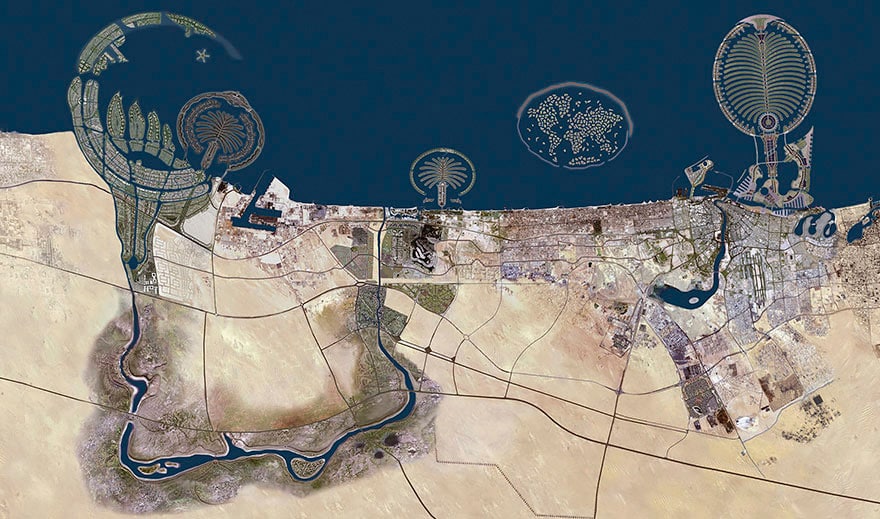
Figure 1: A vision of a Dubai built to accommodate several more million residents 
Elevators are very visible to metro passengers who need them. 
No longer small or sleepy, Dubai has a skyline that is dominated by skyscrapers. 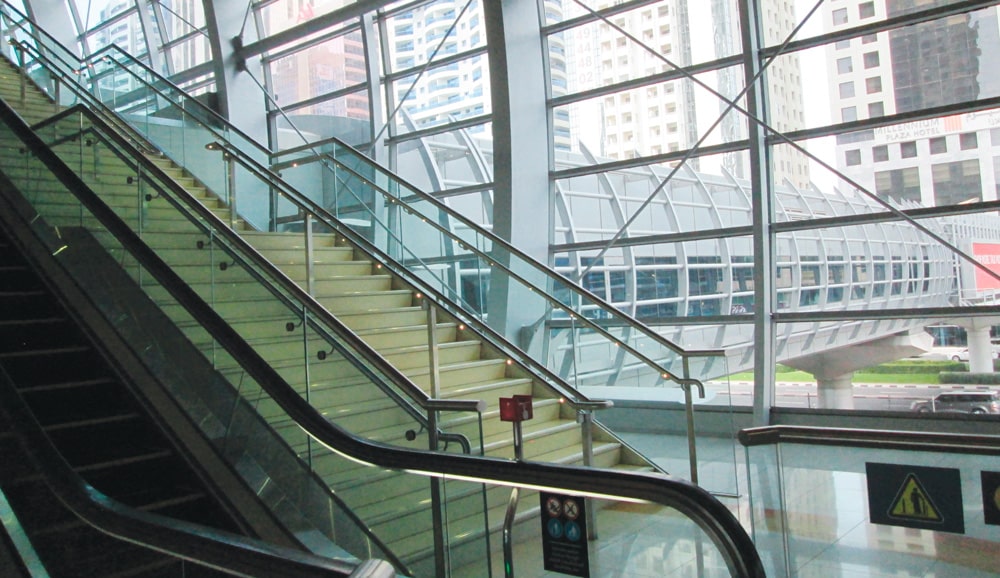
Makkah on Saudi Arabia’s Red Sea coast is one of several desert cities with great metro ambitions. 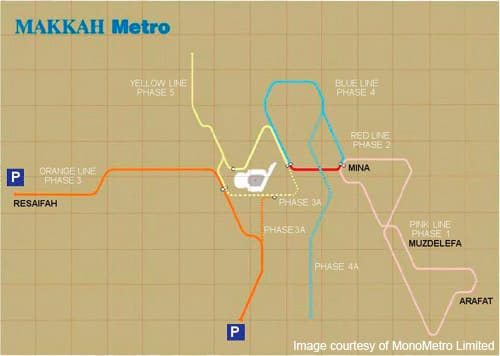
Metro passengers can walk over the highway to nearby destinations.
Get more of Elevator World. Sign up for our free e-newsletter.


